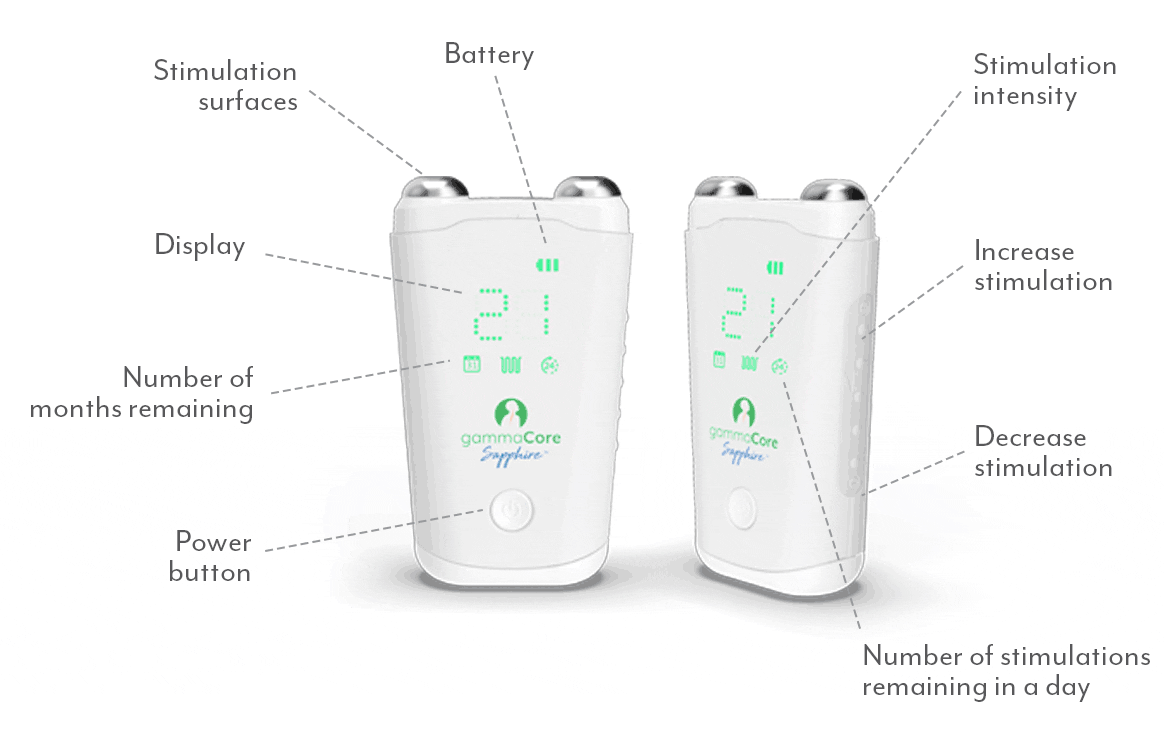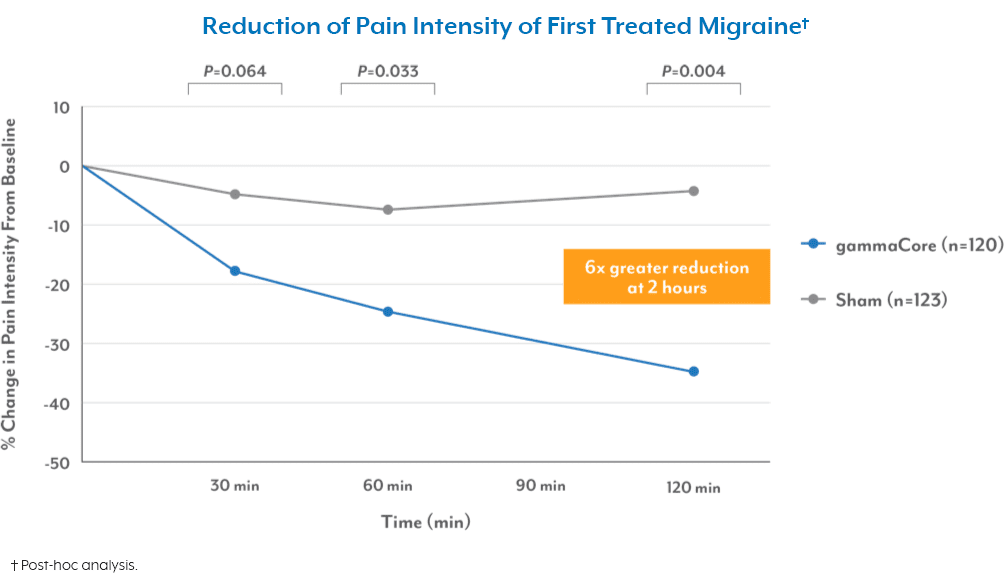
Imagine experiencing sudden, excruciating pain on one side of your head, like a searing fire. This is the harsh reality for those who suffer from cluster headache, one of the most intensely painful headache disorders.
Though rare—affecting only 0.1% of the population—cluster headaches can be debilitating, significantly impacting daily life. They often strike in cyclical patterns, occurring at the same time each day or night for weeks or months before entering a period of remission.
These headaches are often described as one of the most painful involuntary conditions, making it essential to understand their causes and explore available treatments. If you are wondering what causes a cluster headache, we’ve got you covered. Keep reading to learn more.
What Causes a Cluster Headache?
The exact cause of cluster headache is still being researched, but experts believe they are linked to abnormal activity in the hypothalamus, the part of the brain that controls the body’s biological clock. This could explain why attacks often occur at predictable times each day or during specific seasons.
While the root cause is unclear, researchers have identified several triggers and contributing factors that may increase the likelihood of a cluster headache attack:
- Alcohol consumption: Even small amounts can trigger an attack during an active cluster period.
- Smoking and tobacco exposure: Tobacco use is linked to a higher risk of cluster headache.
- Disrupted sleep patterns: Changes in sleep schedules, including jet lag and shift work, may contribute to attacks.
- Extreme temperature or weather changes: Sudden shifts in barometric pressure or heat exposure can trigger symptoms.
- Certain medications: Vasodilators (like nitroglycerin) can provoke cluster headache in some individuals.
Identifying your personal triggers can be key to reducing the frequency and intensity of cluster headaches.
Cluster Headache Symptoms
Cluster headaches are unique and intense, with symptoms that can strike unexpectedly. They typically occur in cyclical patterns or “clusters,” with frequent attacks over weeks or months followed by remission periods. Key symptoms include:
- Severe, piercing pain: Usually concentrated around one eye or temple, often described as a burning or stabbing sensation.
- Short but frequent attacks: Each headache can last 15 minutes to 3 hours, occurring multiple times a day.
- Autonomic symptoms: Tearing, redness in the eye, nasal congestion, runny nose, or drooping eyelid, typically on the same side as the pain.
- Restlessness: Unlike a migraine, where people seek darkness and quiet, cluster headache sufferers often feel agitated and unable to stay still.
- Predictable timing: Attacks frequently occur at the same time each day, often waking sufferers from sleep.
Managing Cluster Headaches
Since there is no cure for cluster headache, management focuses on reducing attack severity, frequency, and duration. Treatment typically includes a combination of lifestyle adjustments, medication, and advanced therapies.
Avoid Triggers
Keeping a headache diary can help you pinpoint patterns and potential triggers. If alcohol, certain foods, or disrupted sleep worsen your symptoms, making lifestyle adjustments may help prevent attacks.
Take a few weeks to observe yourself and write a daily migraine diary. Request friends and family to help in this observation period as well.
Medication & Treatments
Medications are often necessary for effective pain management and prevention. Options include:
- Abortive treatments: Used at the first sign of pain to stop an attack (e.g., oxygen therapy, triptans).
- Preventive medications: Taken daily to reduce attack frequency (e.g., calcium channel blockers, corticosteroids, CGRP monoclonal antibodies).
- Bridge therapies: Used to provide temporary relief while preventive treatments take effect (e.g., short-term corticosteroids, occipital nerve blocks).
Always consult your health care provider before starting any new medication.
Innovative Treatment Options for Headache Relief
With the advancement of medical technology, new treatment methods are emerging that provide hope for those suffering from cluster headache. One such option is a handheld medical device called gammaCore™ non-invasive vagus nerve stimulator (nVNS) which uses gentle electrical pulses to target the vagus nerve. This non-invasive method offers drug-free relief for headache pain, including migraines and cluster headache.
gammaCore nVNS is designed to relieve pain by sending painless electrical pulses through the vagus nerve. Studies have shown promising results in reducing the frequency and intensity of cluster headaches, making it a valuable tool for managing symptoms.
Taking Charge of Your Health
Understanding what causes a cluster headache puts you one step closer to managing your condition effectively. By identifying your triggers, exploring treatment options, and working with a health care provider, you can take control of your condition and improve your quality of life.
To see if gammaCore is right for you, visit our clinic finder to locate a health care provider near you, or contact our dedicated Customer Experience team at 888-903-2673 or customerservice@electrocore.com.



